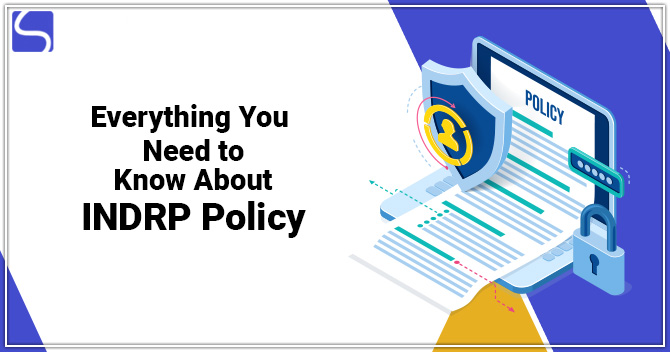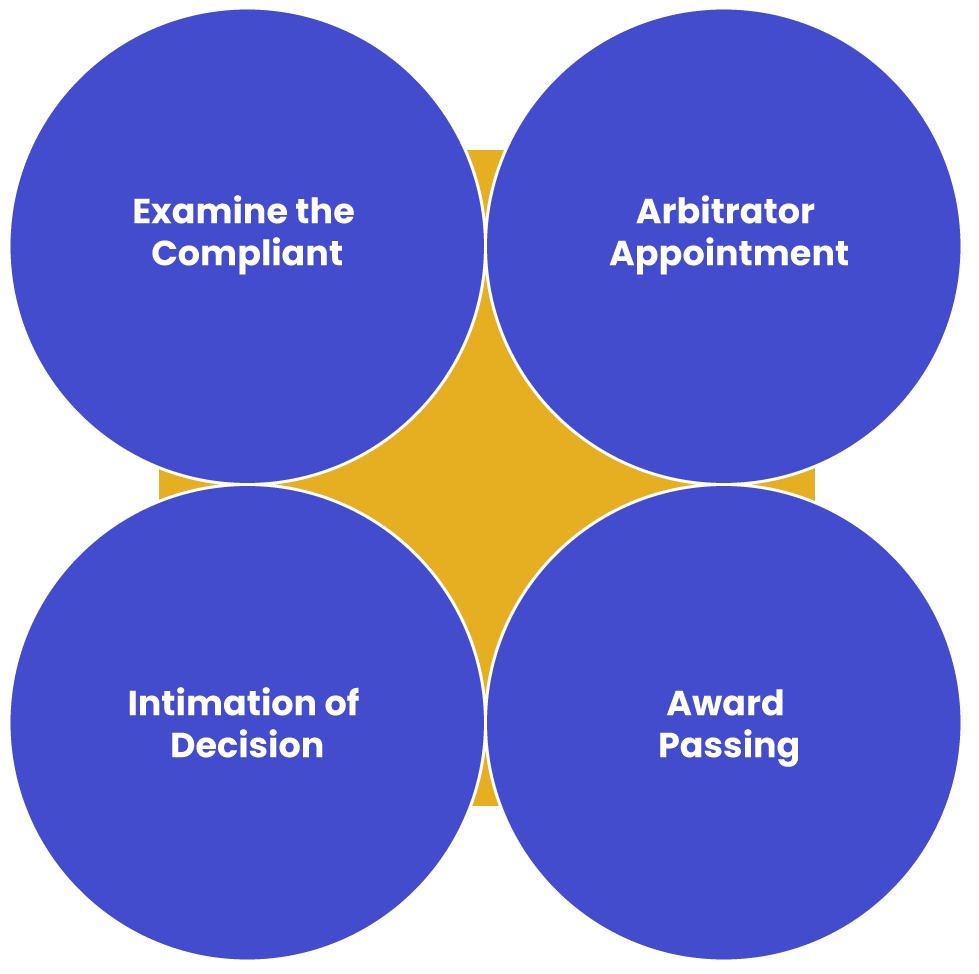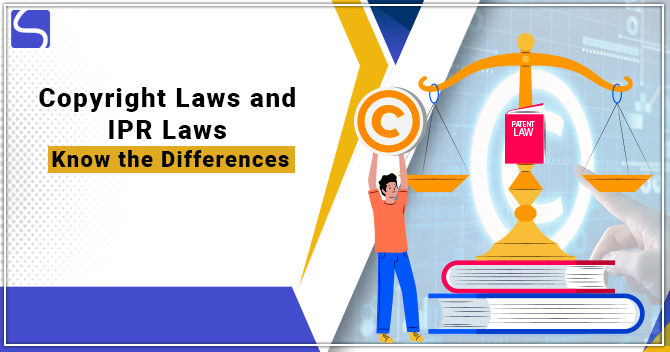Everything You Need to Know About INDRP Policy

Karan Singh | Updated: Sep 17, 2021 | Category: Intellectual Property
Today every business around the world is using social media platforms and websites to reach every customer. As per the World Intellectual Property Organisation (WIPO), the number of cases involving the same domain name went through the roof in 2020 as an outcome of businesses going online because of the Covid-19 pandemic. Most of these are cybersquatters, that is, people who register an immense number of domain names identical to the popular domain name. In this pandemic, every business or company is going online, and it has become predictable that a business or company will face this problem. So the only solution is for businesses and people to be informed about the rules & policies formulated by the .IN Registry to deal with these illegal practices. In this blog, we will discuss INDRP Policy.
Table of Contents
What is the INDRP?
The INDRP stands for .IN Domain Name Dispute Resolution Policy, and it has been approved by the .IN Registry/NIXI or National Internet Exchange of India) to resolve disputes or clashes rising out of domain names that use .in code such as amazon.in. In 2006, .IN Registry formulated policy names the INDRP Policy to regulate the disputes like rapid increase in domain name disputes in the country.
The INDRP Policy was drafted in accordance with the WIPO guidelines and the provisions of the IT Act, 2000[1]. The INDRP regulates disputes regarding domain names, including the .Bharat Code or .IN at the end, like ssrana.in, amazon.in, or apple.in.
When can you file an INDRP complaint?
INDRP Policy or Rules (Para 4) provides the ground for INDRP Compliant filing:
- First, always remember before filing INDRP compliant that the registered domain name should be similar or confusingly identical to your mark (Service Mark or Trademark) or the name in which you have the ownership rights;
- There will be no legal rights of the Registrant in the registered domain name. Para 6 of the INDRP Policy gives examples of what can be termed as the Registrant’s legal rights & interests:
- The Registrant is involved in the genuine distribution of products & services under the domain name or a name similar to the domain name.
- The internet users recognise the Registrant with the disputed domain name, whether he owns no rights con concerning mark under the Trademark Act.
- There is no purpose on the part of the Registrant to divert any clients or ride on the goodwill linked with the Mark of Complainant.
- The Registrant should have registered the name of the domain in bad faith. Para 7 of the INDRP Policy gives examples of what can be called as bad faith:
- If the Registrant has registered or recorded the domain name for the sole purpose of renting, selling, or transferring it back to its actual owner (Complainant);
- The Registrant registers the name of the domain before the mark owner to prevent the Compliant (actual owner) from registering that domain name;
- If the Registrant has been utilising the domain to attract users to the name & status of the Complainant by creating confusion as to any association or sponsorship between the Complainant and Registrant.
Process after filing INDRP Complaint

- Examine the Compliant: The Registry will verify whether all the requirements under the procedural rules are met in the compliant. If yes, then the complaint is to move forward to the next phase. If no, the complaint is returned to the Complainant to remove any inconsistencies in the document and submit it again.
- Arbitrator Appointment: Within five days of getting the complaint, the Registry appoints an arbitrator from its list of registered arbitrators.
- Award Passing: The arbitrator, after hearing both the parties, passes an award within sixty days or two months from the beginning of proceedings. He or she can also seek a thirty days extension, but only in exceptional cases.
- Intimation of Decision: Once the arbitrator passes an award, then it is the registry duty to forward the arbitrator’s decision to both parties within five working days.
What are the Guidelines to be followed under INDRP Policy?
The INDRP Policy has been released by the .IN Registry and it was drafted as per the WIPO Guidelines and vital provisions of the IT Act, 2000.
Following are the two most important rules that all parties must study:
- INDRP Policy (.IN Dispute Resolution Policy): It offers different grounds for the INDRP compliant filing and contains figures establishing those grounds & the remedies available to the parties.
- Procedure Rules for the INDRP: These procedure rules highlight how to file an INDRP compliant, reply to it, along with prescribed fees, communications, and other procedures that will be followed.
The Dispute Resolution Procedure under the INDRP:
- The Complainant file their complaint along with the relevant documents with NIXI in an online application form;
- The complaint shouldn’t be more than 5000 words;
- The hearings can be more than two;
- The relevant documents or proofs shall not be more than 100 pages overall;
- A POA (Power of Attorney) shall be submitted with the complaint either by the aggrieved party or its approved representative;
- Within five days of compliant receiving, the Registry shall appoint an arbitrator from its registered arbitrators’ list;
- Personal hearings are performed only at the request of either party or both parties. The private hearing comprises teleconferencing & video conferencing;
Difference between INDRP Policy and URDP Policy
| INDRP Policy | URDP Policy |
| It appoints a single arbitrator to manage the arbitration proceedings, | The UDRP allows for a managerial panel of one to three panelists. |
| In Para 4 of the INDRP Policy, you need to prove that the disputed domain has been registered OR is being used in bad belief. | But, in Para 4 (a) of the UDRP Policy, you need to prove that the name of the domain has been registered AND is being used in bad faith. |
| A party to the process of INDRP may ask for a personal hearing with the arbitrator to current arguments to prove the merits of their case. | Whereas The UDRP doesn’t have such a provision. |
Conclusion
Now the world is changing, and it has become a digital world; businesses have moved online, and so have crimes & disputes. So to tackle these online problems or conflicts, we need to be alert & aware of the rules & procedures linked with them.
Read our article:What is the Future of IP Laws and How AI will affect IP Laws?














